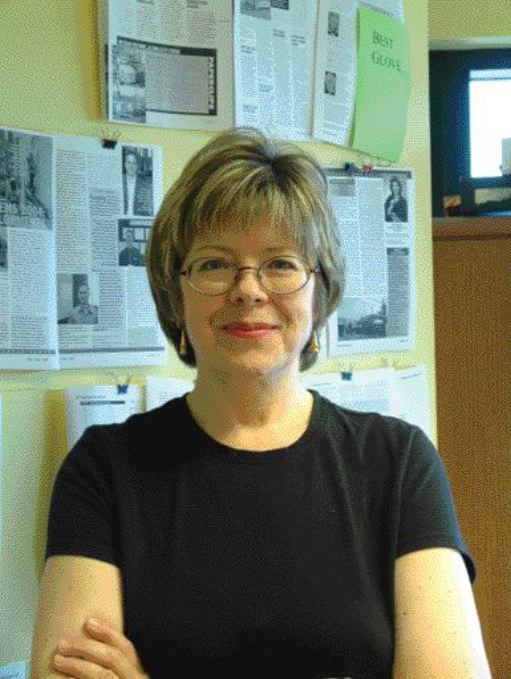
Features
Financial Reports & Markets
Stayin’ alive
July 1, 2006 By Pulp & Paper Canada

Anya Orzechowska
“We’re not here to compete; we’re here to learn to survive,” was the rather concise but well put summary of the reason one of the dinner guests at my table gave for his presence at the PacWest Confere…
“We’re not here to compete; we’re here to learn to survive,” was the rather concise but well put summary of the reason one of the dinner guests at my table gave for his presence at the PacWest Conference in Jasper, AB, in May. Ben Goodier, process engineer (power and recovery) at Howe Sound, accompanied some of his colleagues from the Port Mellon mill to the conference to make the most of this opportunity. Combined with the usual bonhomie and networking that always makes up this conference, the theme itself (“The Energy Challenge – from Threat to Opportunity”) was quite a drawing card for an industry that has been hard hit with escalating prices. It’s good to see that some of the mills in the West are realizing the benefits of attending conferences since the payback, in direct or indirect savings from knowledge shared, can easily exceeds cost. See page 22 for a report of the event.
Another popular conference is the Pacific Coast Branch which took place in Parksville, BC, during April. This energetic group celebrated its 60th anniversary and included technical presentations and a banquet with a birthday cake. Chris Hammar, the Pacific Coast Branch Chair, describes the event on page 15.
Recycling and deinking are frequent topics in our industry but leave it to Roger Gaudreault and Guillaume Bouvier (general manager and director, respectively, at the R&D centre of Cascades Canada Inc.) to give a more precise breakdown of the current situation (see page 12). With the situation in a flux because of changing habits, the effect on paper has been marked. The increased level of fluorescence and the increased level of shredded raw material have affected the process and therefore the costs involved, but have not yet been fully recognized in the recycled pulp industry.
We admit it: we do it, too.
I mean outsourcing, of course. Outsourcing (or contracting out) is often defined as the delegation of non-core operations to a subcontractor who specializes in that particular area of business. In a magazine such as Pulp & Paper Canada, which is read by highly trained and well-educated people in the industry, the importance of presenting information that is both accurate and state-of-the-art is critical and no one magazine can possibly have the staff to be expert in so many different fields. One of the most important parts of our work is the organization of material through negotiations with professionals throughout Canada and, occasionally, abroad.
Perry Greenbaum, our contributing editor, covers this contentious subject on page 30.
While we on staff still have the opportunity to gather information and write feature articles, the articles that are outsourced to qualified and talented writers increase the scope of our coverage and allows us to fulfill our mission statement.
Mission statement?
Yes, at the bottom of the first page of the table of contents (page five in this issue), we have summed up our organizational vision, a slightly revised version of what had been there in previous years.
We invite you to read it.
With the increase in percentage of solids in the liquors, rapid corrosion is an increasing problem in both carbon steel and stainless steel. Dr. Angela Wensley, who has worked in this field for almost 30 years, starting with MacMillan Bloedel Research, takes the subject in hand and discusses the possible causes, along with measures that can be applied. Dr. Wensely’s work, now for her own company (Angela Wensley Engineering), has grown to cover not only North America but other continents as well. When reaching her by email, one never knows for certain from where the answer will come. Fortunately, Dr. Wensley found the time to help those involved in the maintenance of evaporators recognize and identify potential problem areas before they become too costly to handle. Learn more about it yourself, starting on page 16.
Just as this issue was going to press, came the announcement of the re-opening of the mill in Nackawic, NB, through the co-operation of the Aditya Birla Group of India and Tembec. Despite the fact that I heard about this great news while travelling in Europe, it was an occasion not to be missed and arrangements were immediately made so that I could attend the official ceremony. It was quite a joyous occasion, embodying the hopes of the community and the industry in its landmark possibilities.
While we have included some information in our Industry News, a more detailed article will appear in our September issue.
Let’s hope it has a positive ripple effect throughout the industry.
Print this page